The beginner of a fitness journey can be exciting and challenging. It’s a path that holds the promise of improved health, increased energy, and a more muscular, more resilient body.
However, stepping into the world of workouts can also raise a multitude of questions, especially for those new to the arena. Where do you begin? What exercises are suitable for a novice? How long should you spend working out?
In this comprehensive guide, we’ll not only address these queries but also provide you with valuable insights into the 10 best cardio workouts for beginners, 10 strengthening workouts tailored for newbies, and guidance on finding that delicate balance of exercise duration. This guide will serve as your compass on the journey to a fitter you, starting now!
How Long Should a Beginner Work Out?
Determining the ideal workout duration for a beginner can be a bit nuanced and depends on various factors, including your fitness goals, current fitness level, and the type of exercise you’re doing. Here are some guidelines to help beginners gauge how long they should work out:
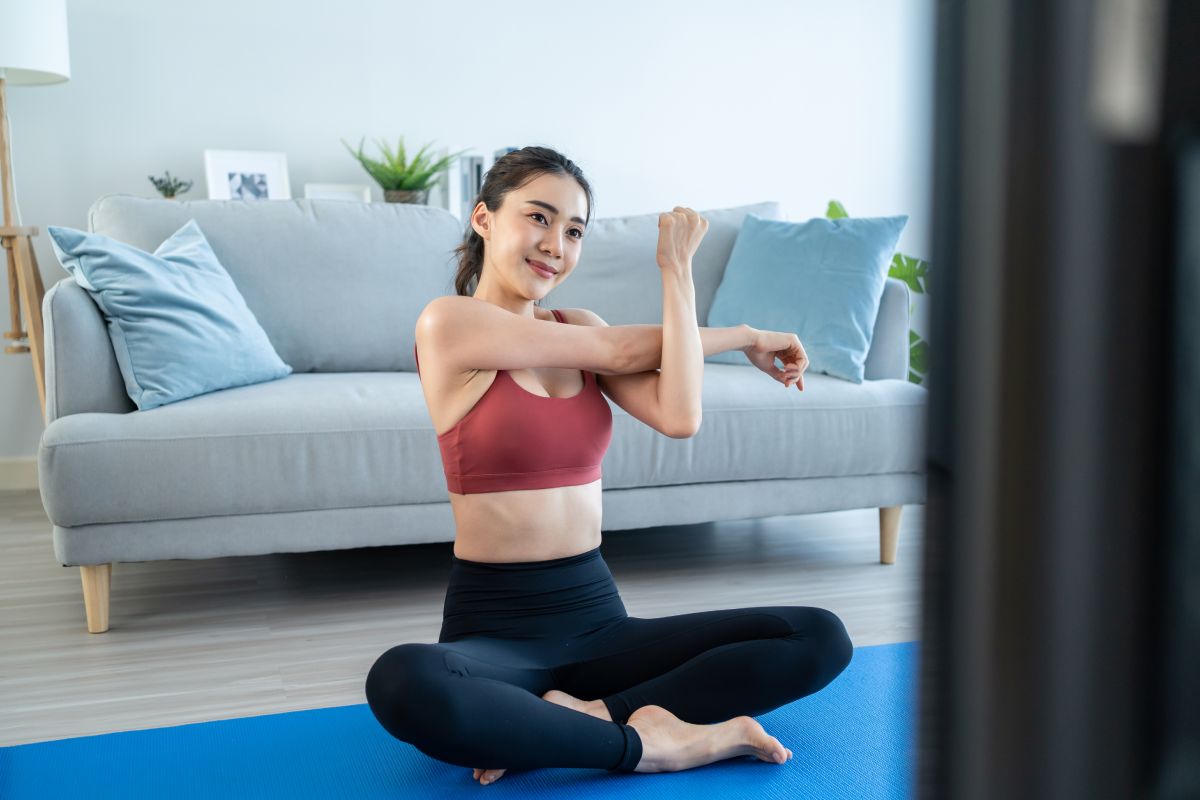
- Start Gradually: If you’re new to exercise, it’s crucial to begin slowly. Initially, aim for around 20-30 minutes of exercise per session, including both warm-up and cool-down. This allows your body to adapt to the new routine without overwhelming it.
- Listen to Your Body: Pay close attention to how your body feels during and after exercise. If you feel fatigued, lightheaded, or experience pain, it’s a sign that you might be pushing too hard or for too long. Adjust your workout duration accordingly.
- Consider Your Goals:
- General Health and Fitness: If your goal is simply to improve overall health and fitness, 30-60 minutes of moderate-intensity exercise most days of the week is a good starting point. This can be broken into smaller sessions if needed.
- Weight Loss: To effectively lose weight, aim for 45-60 minutes of moderate-intensity exercise most days of the week. You can gradually increase the duration as you become more comfortable with exercise.
- Muscle Building: For those looking to build muscle, strength training sessions may vary in length but typically range from 30-60 minutes, with proper rest between sets.
- Quality Over Quantity: The quality of your workout is more important than the quantity of time spent exercising. Focus on maintaining proper form and intensity during your workout. A shorter, high-intensity workout can be just as effective if not more so, than a longer, less intense one.
- Frequency Matters: Consistency is key to progress. Instead of long, infrequent workouts, aim for shorter sessions on a more regular basis. This can help build a sustainable fitness habit.
- Include Rest Days: Incorporate rest days into your routine to allow your body to recover. Beginners may need more rest days initially. Over time, you can reduce rest days as your fitness improves.
- Variation is Key: Vary your workouts to prevent boredom and reduce the risk of overuse injuries. This can include alternating between cardio, strength training, and flexibility exercises.
- Seek Professional Guidance: If you’re uncertain about how long your workouts should be or what type of exercise is best for your goals, consider consulting a fitness trainer or healthcare professional. They can provide personalised recommendations based on your specific needs and limitations.
Remember that everyone’s fitness journey is unique, and there’s no one-size-fits-all answer to how long a beginner should work out. The most important thing is to start at a pace that feels comfortable for you and gradually progress as your fitness level improves. It’s also important to enjoy your workouts and find a routine that you can sustain over the long term. As you become more experienced, you can adjust your workout duration and intensity to align with your evolving goals and preferences.
10 Best Cardio Workouts for Beginners.
Cardiovascular exercise, often referred to as “cardio,” is an integral part of any well-rounded fitness routine. It helps improve heart health, burn calories, boost endurance, and even reduce stress. For beginners, it’s important to choose cardio workouts that are accessible, enjoyable, and easy to start. Here are 10 of the best cardio workouts for beginners: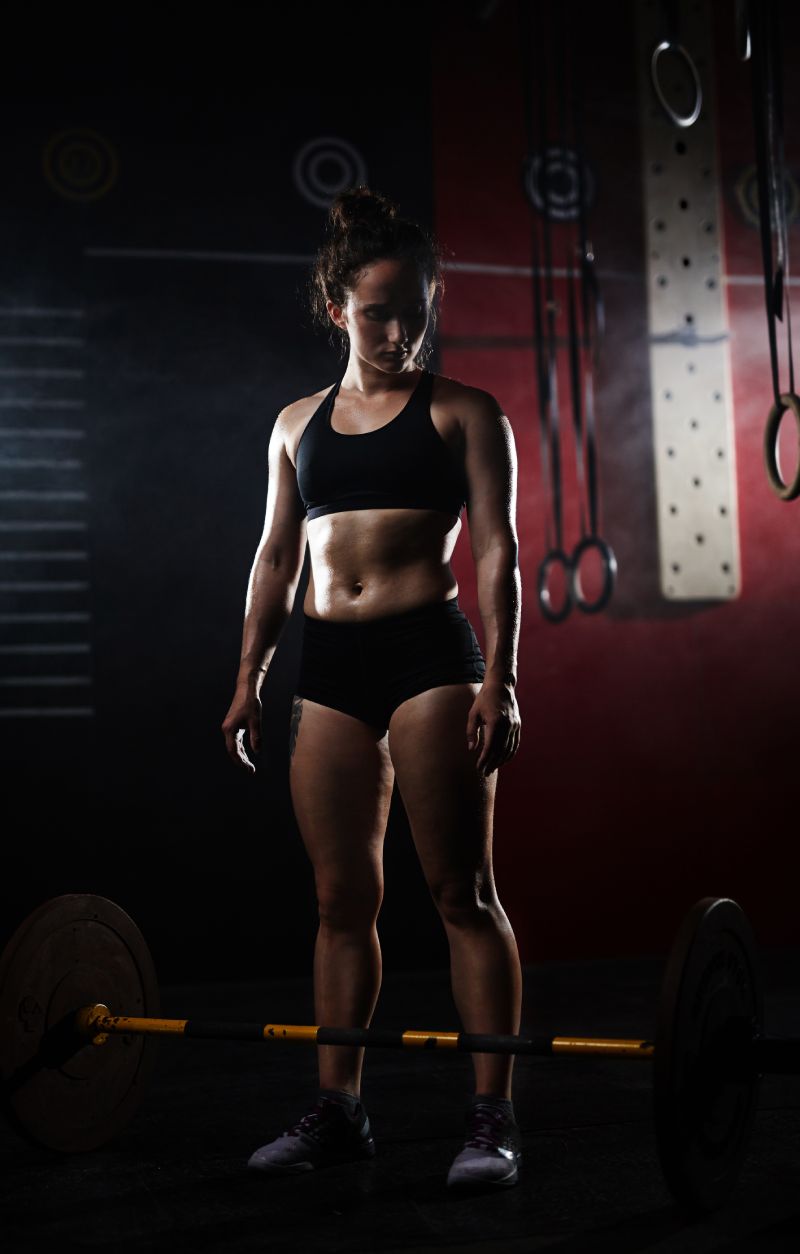
- Walking: Walking is one of the simplest and most accessible forms of cardio. All you need is a good pair of shoes. Start with a leisurely stroll and gradually increase your pace and distance as your fitness level improves.
- Jogging: Once you’re comfortable with walking, you can transition to jogging. It’s an effective way to increase your heart rate and build endurance. Begin with short intervals of jogging and walking, then gradually increase the jogging time.
- Cycling: Riding a bike is a low-impact cardio option that’s easy on the joints. You can cycle outdoors or use a stationary bike at the gym. Start with shorter rides and extend your duration over time.
- Swimming: Swimming is a full-body workout that’s gentle on the joints. It’s an excellent option for those with joint issues. Begin with laps at a comfortable pace and gradually increase your distance.
- Jump Rope: Jumping rope is an excellent way to get your heart rate up. It’s portable, so you can do it almost anywhere. Start with short intervals and work your way up as your coordination and stamina improve.
- Dancing: Whether it’s Zumba, hip-hop, or salsa, dancing is a fun way to get your heart pumping. Take a beginner’s dance class or follow online tutorials in the comfort of your home.
- Aerobic Workouts: Aerobic classes, such as step aerobics or high-intensity interval training (HIIT) workouts, provide an intense cardio workout. Many classes cater to beginners, so you can progress at your own pace.
- Elliptical Machine: The elliptical trainer is a low-impact cardio machine that mimics running without the impact on your joints. It’s an excellent choice for beginners to build endurance and leg strength.
- Stair Climbing: Climbing stairs, whether in your home, at a gym, or in a stadium, is an effective way to elevate your heart rate. It works your lower body and helps improve cardiovascular fitness.
- Hiking: If you prefer outdoor activities, hiking is a great way to combine cardio with the beauty of nature. Start with easier trails and gradually tackle more challenging hikes as you gain experience.
When beginning any cardio workout, remember to warm up with light stretching or a few minutes of low-intensity movement to prepare your body. Likewise, finish with a cool-down to gradually lower your heart rate and prevent muscle soreness. Listen to your body, and don’t push yourself too hard in the beginning. Over time, you can increase the intensity and duration of your cardio workouts as your fitness level improves.
It’s important to choose activities that you genuinely enjoy, as this will make it easier to stay consistent with your cardio routine. Whether it’s dancing, cycling, or swimming, the best cardio workout for you is the one you’ll look forward to doing regularly.
10 Best-Strengthening Workouts for Beginners.
Strength training is a crucial component of a well-rounded fitness routine. It helps build lean muscle mass, increase metabolism, improve bone density, and enhance overall strength and functionality. If you’re a beginner looking to incorporate strength training into your workouts, here are 10 of the best strengthening workouts to get you started:
- Bodyweight Exercises:
- Push-Ups: These work your chest, shoulders, and triceps. Start with modified push-ups if needed and progress to full push-ups.
- Bodyweight Squats: A great way to strengthen your legs and glutes. Focus on proper form and gradually add repetitions.
- Dumbbell Exercises:
- Dumbbell Bench Press: Target your chest, shoulders, and triceps. Begin with light weights and increase gradually.
- Dumbbell Rows: Strengthen your back and biceps with this exercise. Use a bench or a sturdy surface for support.
- Resistance Bands:
- Banded Leg Lifts: These help tone your glutes and legs. Resistance bands come in various strengths, so choose one that suits your level.
- Banded Rows: Great for working your upper back and biceps. Attach the band to a stable anchor point.
- Planks:
- Standard Plank: This engages your core, shoulders, and back. Start with short holds and increase your time as you get stronger.
- Side Planks: Target your obliques and improve overall core stability.
- Medicine Ball Exercises:
- Medicine Ball Squat Throws: Strengthen your legs and core. Start with a light medicine ball and progress to heavier ones.
- Medicine Ball Twists: Work your core and improve rotational strength.
- Kettlebell Exercises:
- Kettlebell Swings: A full-body exercise that engages your hips, glutes, and core. Learn proper techniques to avoid injury.
- Kettlebell Goblet Squats: Strengthen your legs and core with this variation of the squat.
- Resistance Machine Exercises:
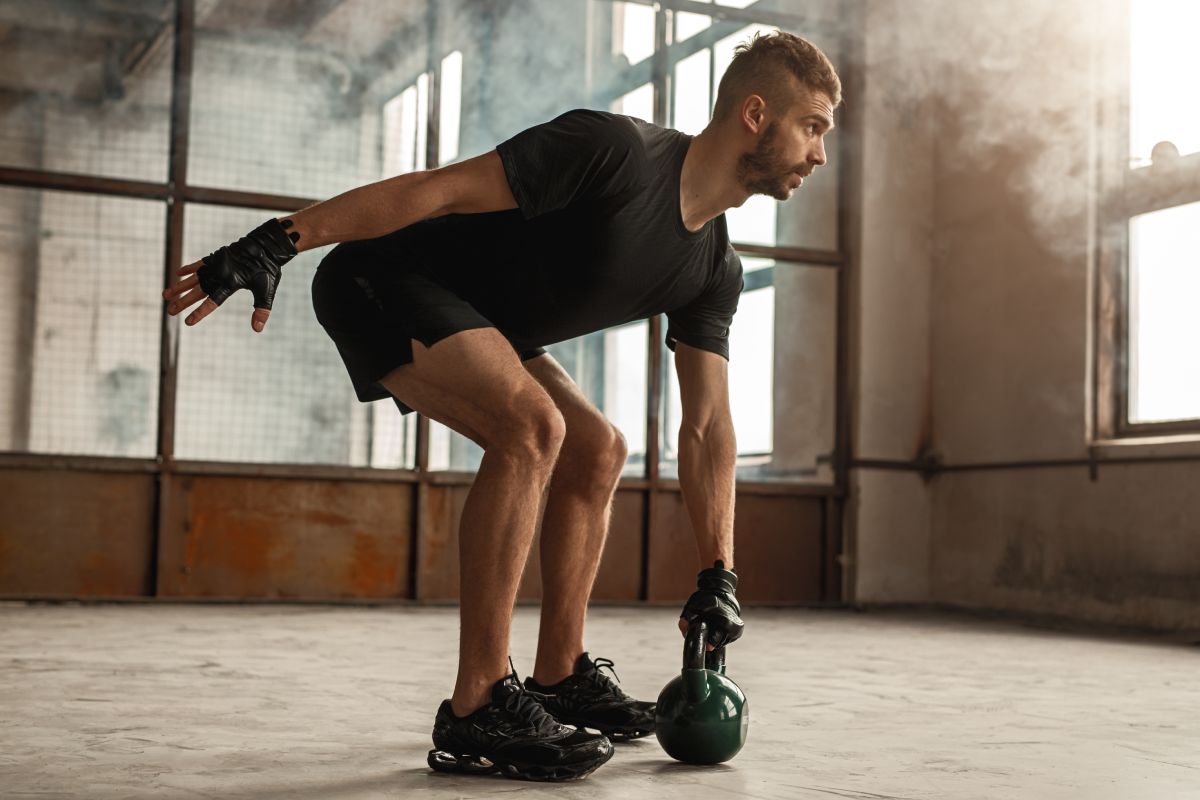
- Lat Pulldown: Targets your upper back and biceps. Adjust the machine’s weight to match your strength level.
- Leg Press: Focuses on your quadriceps, hamstrings, and glutes. Ensure proper form and start with a manageable weight.
- Yoga and Pilates:
- Yoga Poses: Poses like Downward Dog, Warrior, and Plank are excellent for building strength and flexibility.
- Pilates: Incorporate Pilates exercises that focus on core strength and stability.
- Barbell Exercises:
- Barbell Deadlift: A compound exercise that strengthens your entire body, with an emphasis on your back and legs. Seek guidance on proper form.
- Barbell Squats: A fundamental lower body strength exercise. Use a rack or ask for assistance when starting out.
- TRX Suspension Training:
- TRX Rows: These work your back, biceps, and core. Adjust the straps to control the level of resistance.
- TRX Squats: Engage your legs and core using the suspension trainer.
As a beginner, it’s important to start with light weights or resistance levels to learn proper form and reduce the risk of injury. Begin with 2-3 sets of 8-12 repetitions for each exercise, gradually increasing weight or resistance and sets as you progress. Always prioritise proper technique over lifting heavier weights.
Remember to warm up before strength training with some light cardio or dynamic stretching, and cool down with static stretches to prevent muscle soreness and improve flexibility. A well-rounded strength training program should target all major muscle groups and include both compound and isolation exercises for balanced results. Consulting a fitness professional or trainer can be beneficial to create a personalised plan tailored to your goals and abilities.
Conclusion
In your fitness journey as a beginner, progress takes time and consistency. The 10 cardio and 10 strengthening workouts offer a range of options to align with your goals. Understanding how long to work out is about finding a sustainable routine that gradually increases as your fitness level grows.
Success in fitness hinges on your commitment, patience, and enjoyment of the journey. Fitness is a lifelong pursuit, so lace up those sneakers, grab your water bottle, and push yourself on the path toward a healthier, stronger, and happier you.
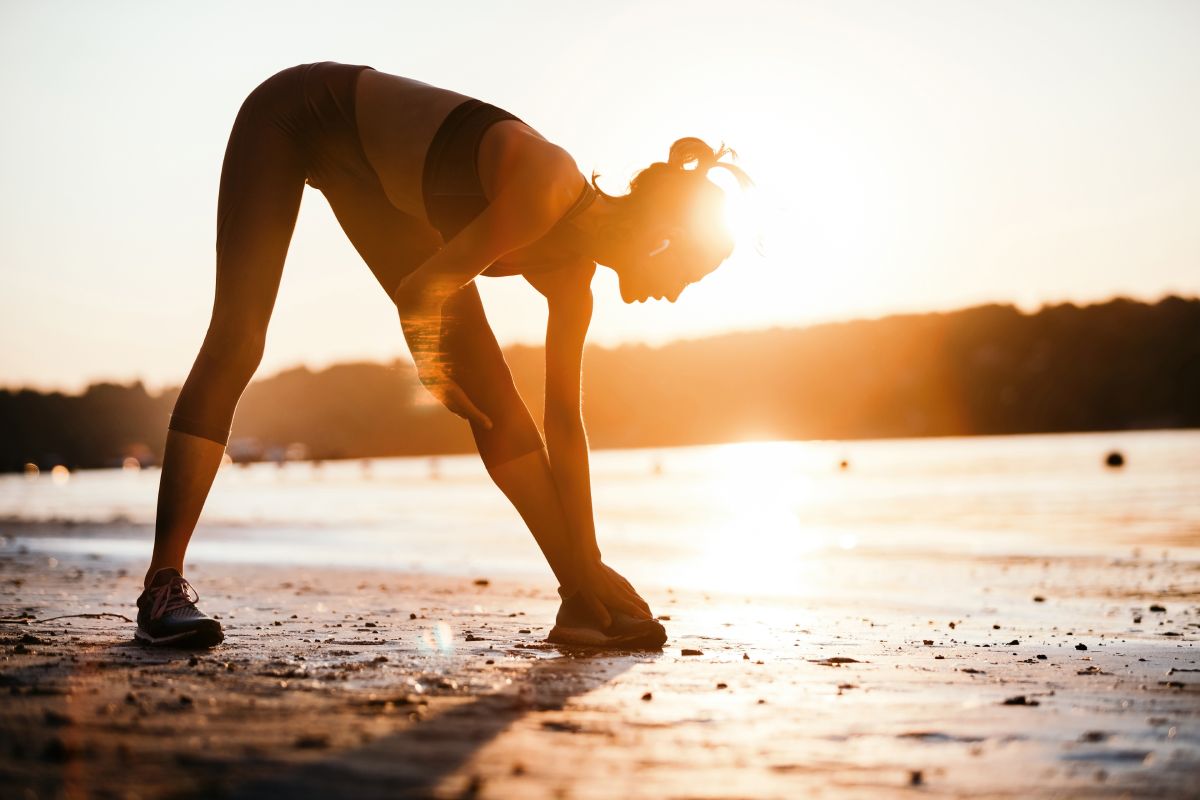

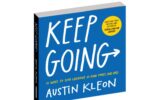




Its wonderful as your other blog posts : D, thankyou for posting. “Music is the soul of language.” by Max Heindel.